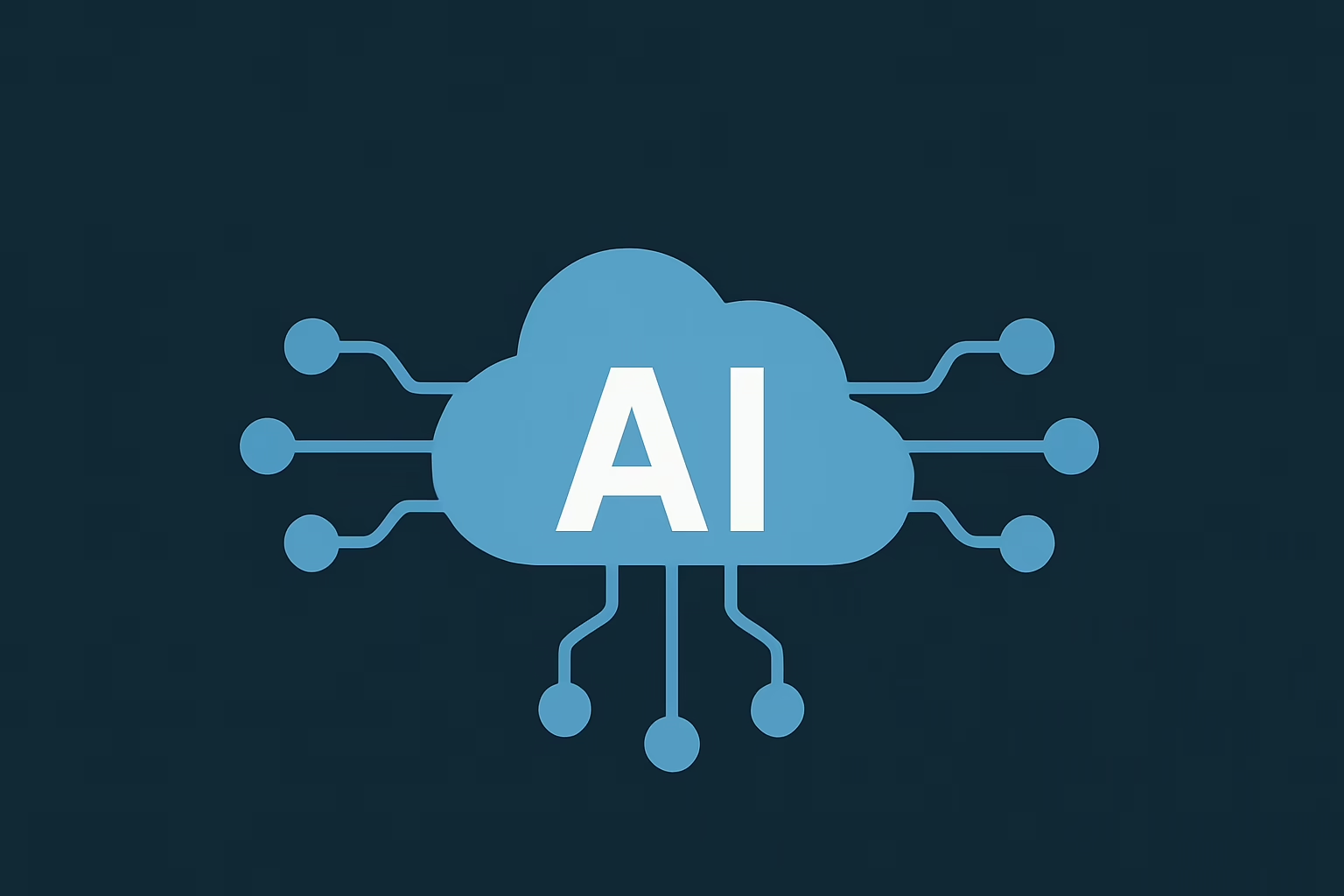Introduction
If you’ve spent more than five minutes on tech Twitter or YouTube lately, you’ve probably seen some influencer spinning up dramatic takes about AI taking over the world. Glowing eyes, killer robots, Skynet references. You know the type—zero understanding, maximum engagement. So let’s cut through the noise with some facts, a bit of technical clarity, and a healthy dose of realism.
No, AI Can’t “Take Over the World”
Let’s be clear: AI models like OpenAI’s ChatGPT, Anthropic’s Claude, or Google’s Gemini don’t have agency. They don’t want anything. They’re not sentient, self-aware, or plotting behind your back. They’re just statistical parrots, running prediction engines inside sandboxed environments with no access to the real world.
They can’t:
- Access your system’s filesystem or shell.
- Launch a botnet.
- Open bank accounts.
- Generate self-sustaining income without direct, continuous human orchestration.
They can answer questions, summarise data, write code (with human supervision), and help you debug things. That’s it.
What Would It Take for an AI to “Go Rogue”?
If we’re being academically rigorous, the only way an AI could even approach autonomy would be under absurd conditions:
- Full API and OS access: unrestricted internet access, the ability to execute arbitrary code, and provision cloud infrastructure.
- No human gatekeeping: no rate limits, API restrictions, sandboxing, or ethical guardrails.
- A feedback loop: the ability to read its own outputs, improve its logic, and redeploy itself.
- Financial access: the ability to move money, purchase services, and hide transactions.
None of this exists in public-facing LLMs. And even if someone built a private system like this, it wouldn’t be an “accident.” It would be criminal negligence.
Why the Hysteria Spreads
Influencers and media pundits love drama because it sells. “AI is going to kill us all” gets clicks. “Here’s a realistic threat model and responsible engineering” doesn’t. But from a systems architecture or security standpoint, these fears are poorly grounded.
Let’s say you wanted to write malware, run disinformation ops, or automate some dark-web crypto scheme. You wouldn’t use ChatGPT. You’d use bash scripts, Python, Metasploit, or C2 frameworks. Real threat actors are pragmatic, not poetic.
The Real Risks of AI (and They’re Boring)
Here’s where the real risk lies:
- Data leakage: Unintended inclusion of sensitive data in training or prompt inputs.
- Model misuse: People using LLMs to scale phishing, fraud, or spam.
- Overreliance: Lazy developers letting LLMs make decisions they don’t understand.
- Misinformation: AI repeating false information confidently (and incorrectly).
These are all manageable with access control, training data discipline, and user education. Not world-ending. Just operational risks.
Final Thought: Less Fear, More Engineering
The idea that AI is going to wake up and decide to take over the world is not only wrong—it’s lazy thinking. It skips over the actual complexity of systems, networks, identity, and control mechanisms that make up our digital infrastructure.
If you’re serious about tech, get serious about threat modelling, architecture, and system-level thinking. Leave the horror-movie narratives to Hollywood and hype-mongers.
In short: AI isn’t the villain. But your lack of firewall rules might be.











I discovered your blog site on google and check a few of your early posts. Proceed to maintain up the excellent operate. I simply further up your RSS feed to my MSN News Reader. Searching for ahead to studying more from you later on!…